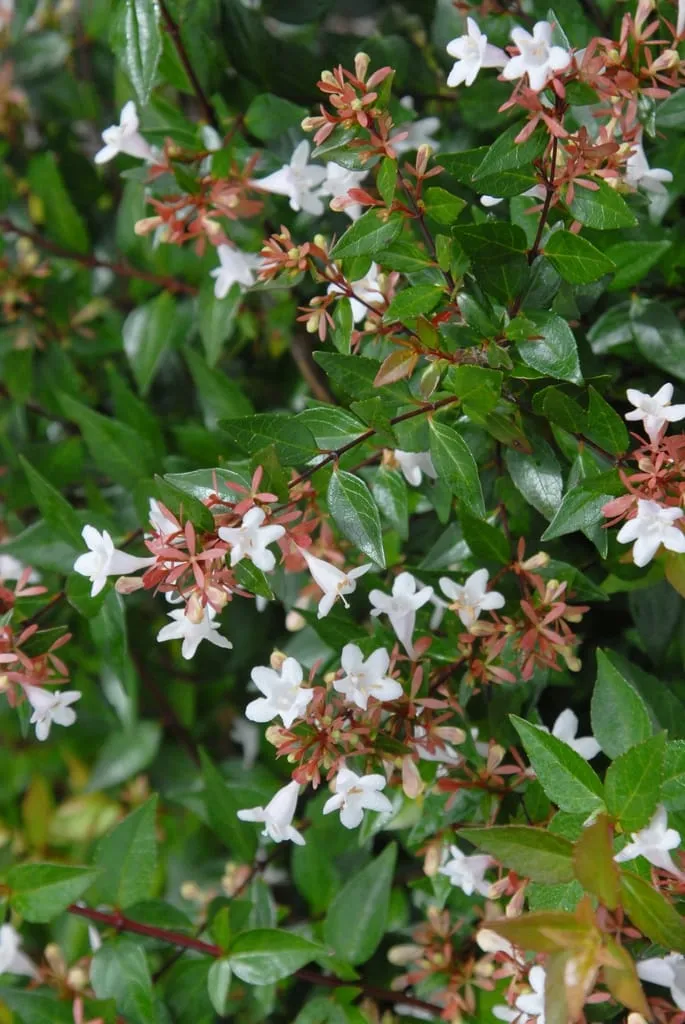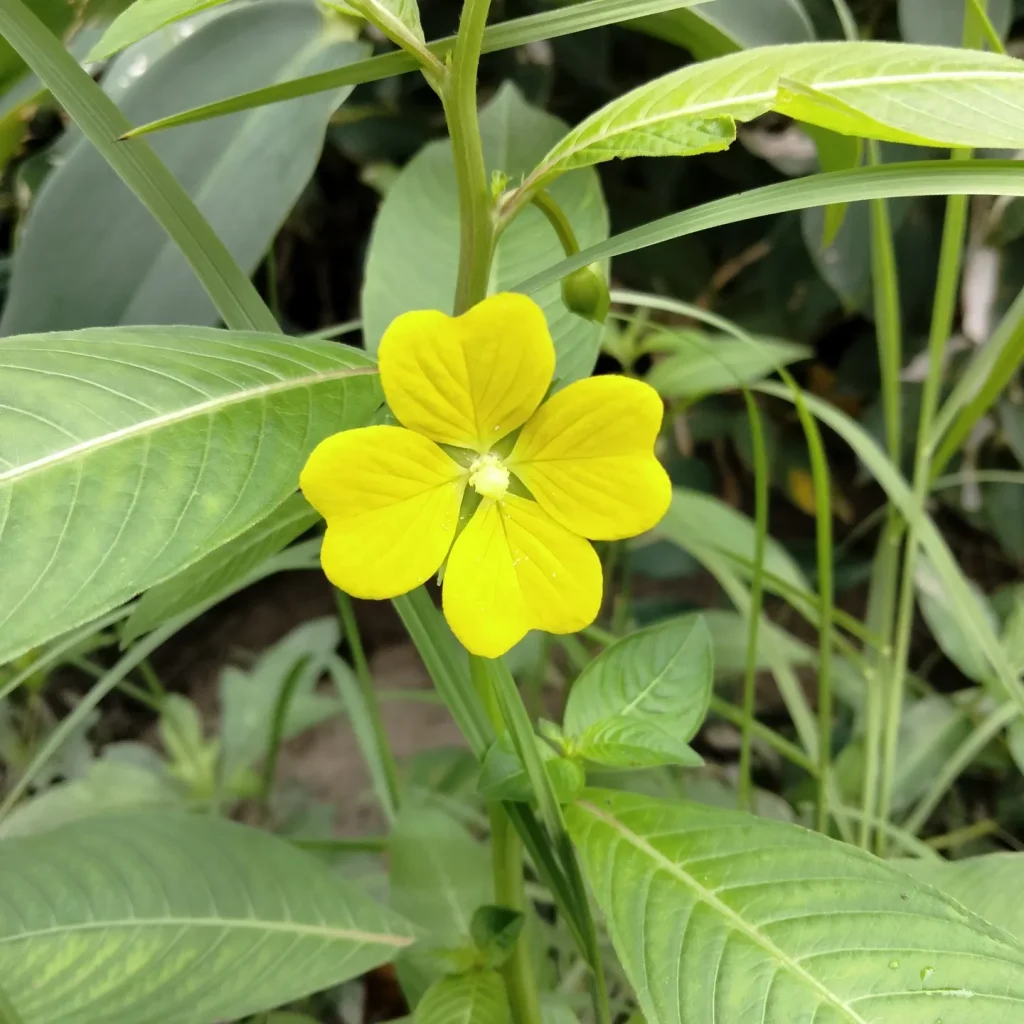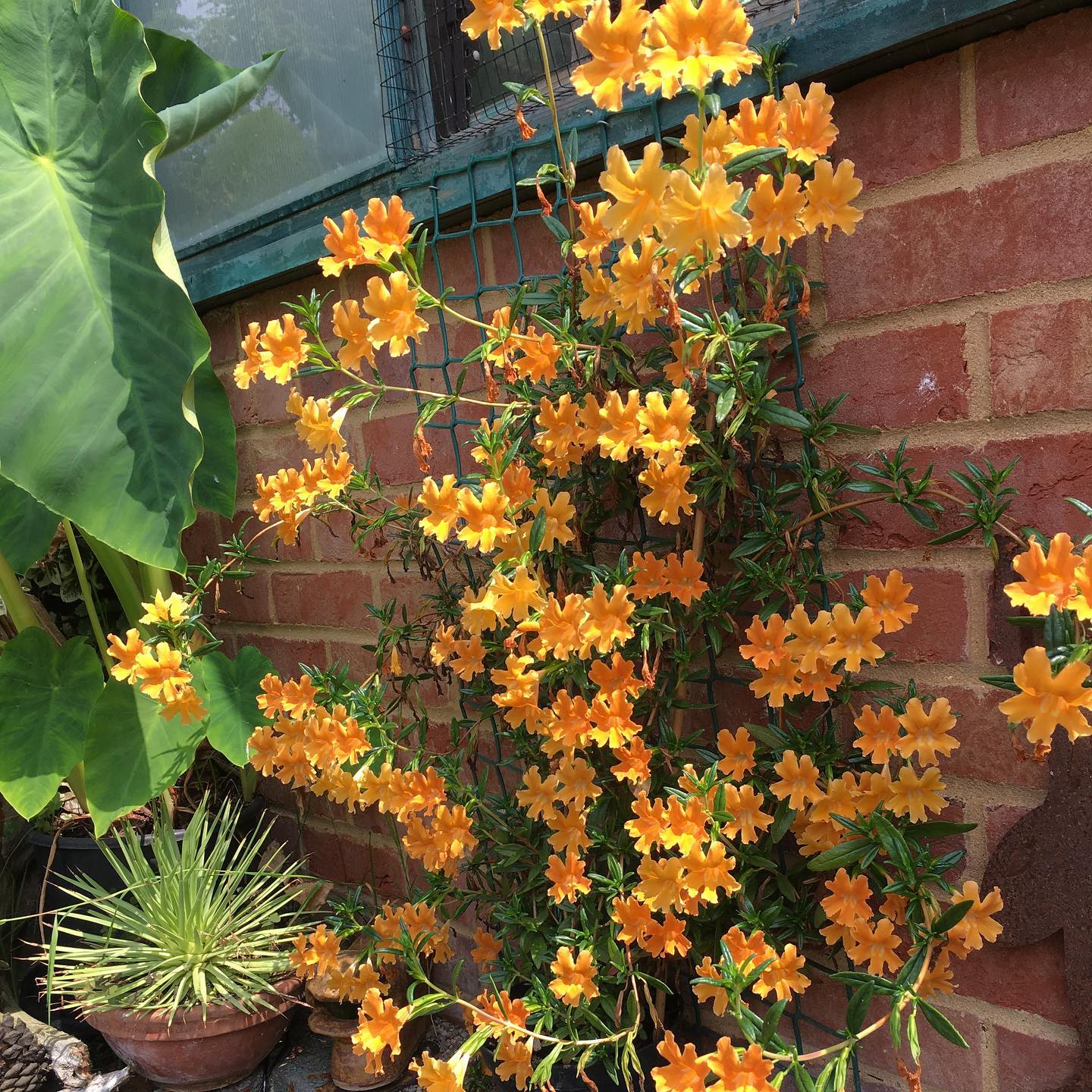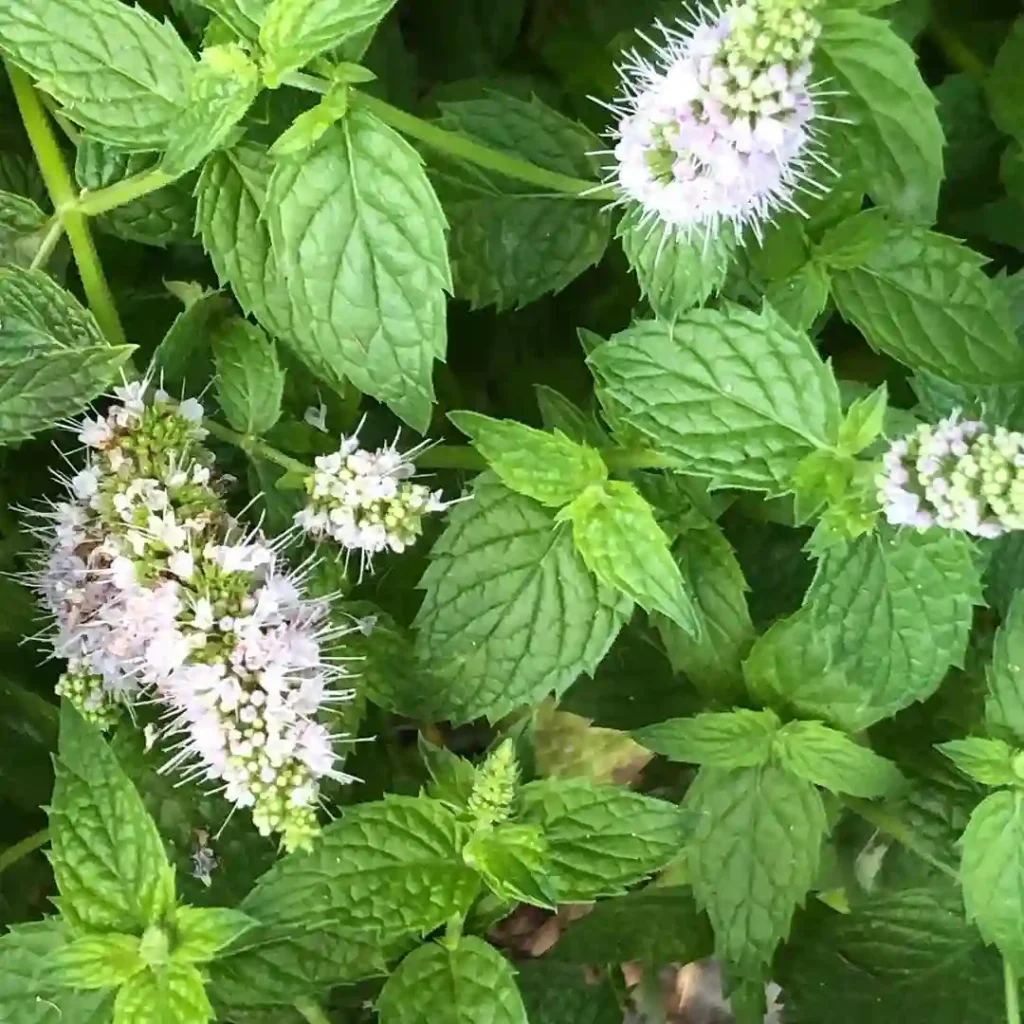Exploring the Vochysiaceae Family: My Journey Through Its Genera
As an avid plant enthusiast, I have always been fascinated by the diversity and beauty of the Vochysiaceae family. This lesser-known family comprises a variety of genera, each with its unique characteristics and ecological importance. In this article, I’ll share my insights and experiences with several genera within the Vochysiaceae family, including Callisthene, Erisma, Erismadelphus, Korupodendron, Mahechadendron, Qualea, Ruizterania, Salvertia, and Vochysia.
The Charm of Callisthene
Callisthene has caught my attention due to its distinctive morphology and impressive stature. Known for their large, imposing trunks, species in this genus often thrive in tropical rainforests. I remember my first encounter with Callisthene in a local botanical garden. The broad, glossy leaves and striking growth habit made it hard to miss. These trees not only provide essential shade but also play a critical role in supporting biodiversity within their ecosystems.
Discovering Erisma
Another intriguing genus is Erisma. While exploring the lush landscapes of Central America, I discovered Erisma species adorned with vibrant flowers. The blooms were not only beautiful but also attracted various pollinators, adding life to the forest floor. I learned that Erisma trees are often used in reforestation projects due to their adaptability and resilience. Witnessing these trees thrive in disturbed areas reassured me about the potential of nature to regenerate and restore itself.
Unraveling Erismadelphus
Moving on to Erismadelphus, this genus offers a unique twist within the Vochysiaceae family. I found Erismadelphus to be particularly interesting because of its interesting growth patterns. Unlike many trees that grow tall and straight, Erismadelphus exhibits a more sprawling habit. This adaptability enables it to thrive in various environments, from wet lowland forests to dry savannas. My fascination with this genus grew as I explored its role in different ecosystems, often serving as a nurse plant for other species.
The Uniqueness of Korupodendron
Korupodendron is another genus that deserves mention. During my visit to the Korup National Park in Cameroon, I had the chance to see these magnificent trees in their natural habitat. The dense canopies of Korupodendron create a habitat for countless species, highlighting the interconnectedness of life. The sight of these towering trees reminded me of the importance of conservation efforts in preserving such vital ecosystems.
Mahechadendron: A Hidden Gem
Mahechadendron may not be as well-known, but it has a special place in my heart. I stumbled upon this genus while researching tropical hardwoods. The trees are known for their durable timber, often utilized in local construction. However, what struck me was how Mahechadendron trees also support local wildlife. I observed birds nesting in their branches, illustrating how even less popular genera can contribute to biodiversity.
The Resilience of Qualea
Qualea is a genus that I have encountered frequently in my explorations. I have always been captivated by their hardiness and adaptability to different soils and climates. Qualea trees can often be found in disturbed areas, demonstrating remarkable resilience. Their presence in degraded landscapes serves as a reminder of nature’s ability to recover. I’ve seen firsthand how these trees can provide shade and habitat for various wildlife, making them essential for ecological balance.
Ruizterania: A Treasure of the Forest
Ruizterania is another fascinating genus I discovered during my journeys through tropical rainforests. The trees are characterized by their elegant forms and attractive bark. I remember being mesmerized by the unique patterns on their trunks. Ruizterania plays a crucial role in forest dynamics, providing habitat and food for a variety of organisms. This interaction emphasizes the importance of preserving these trees and their ecosystems.
Salvertia: Nature’s Artwork
Salvertia is a genus that caught my eye with its stunning floral displays. I recall visiting a region where Salvertia trees were in full bloom, creating a vibrant tapestry of colors. The flowers not only captivated my senses but also served as crucial food sources for pollinators. Observing the interaction between these trees and their surrounding environment deepened my appreciation for the intricate relationships within ecosystems.
Vochysia: The Flagship of the Family
Finally, we arrive at Vochysia, the most recognized genus in the Vochysiaceae family. I have encountered Vochysia in various habitats, from lowland rainforests to upland areas. The versatility of this genus is remarkable, with species that offer valuable timber while also providing habitat for wildlife. My exploration of Vochysia highlighted the balance between human needs and conservation efforts. It is crucial to understand the significance of these trees in maintaining ecological integrity.
Conclusion: A Call for Conservation
As I reflect on my experiences with the Vochysiaceae family, I am reminded of the interconnectedness of all living things. Each genus—Callisthene, Erisma, Erismadelphus, Korupodendron, Mahechadendron, Qualea, Ruizterania, Salvertia, and Vochysia—plays a vital role in sustaining ecosystems and supporting biodiversity. My journey through these genera has not only deepened my appreciation for their beauty but also reinforced the importance of conservation efforts. By protecting these unique trees, we ensure a vibrant and thriving planet for future generations.
If i die, water my plants!



